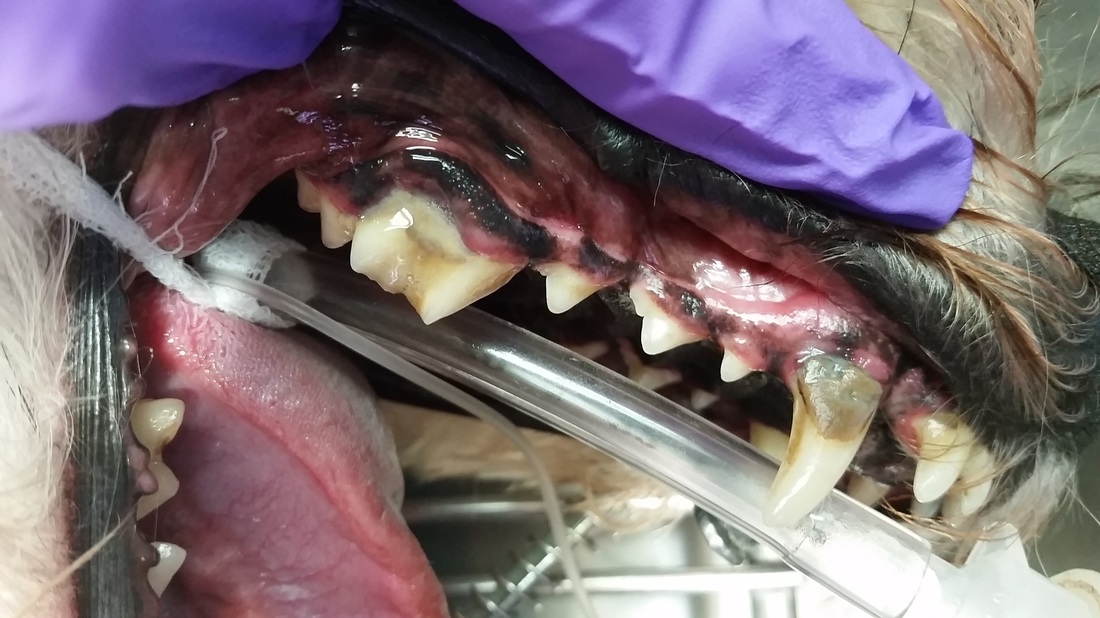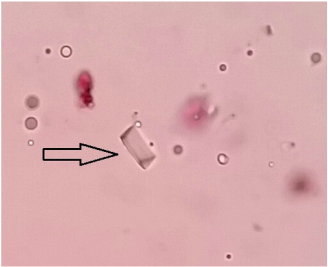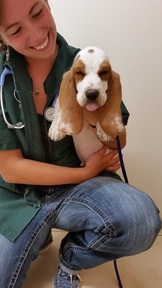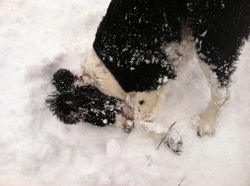As Vets, we're required to take a certain amount of Continuing Education (CE) every year. Medicine and surgery are constantly changing and evolving and CE helps us stay current. Education doesn't stop after Vet school - one of the best parts of this career is the constant need for learning and developing. We read journals and speak to Vets all over the world on tough cases; when we can, we attend conferences with lectures and labs to improve our skills.
This week, I'm in Las Vegas attending 4 days of lectures with world-renowned specialists in everything from dentistry, animal behavior, medicine, surgery, pain management and infectious disease. After only the first day, I'm already excited about the information and new tools I'll be bringing back to improve our dental care. Tomorrow, I'll be spending more time in dentistry and also spending some time in advanced imaging and medicine. Who knows what Tuesday and Wednesday will bring!
CE helps us be better Veterinarians and take better care of you and your furry family members. I can't wait to share with you all what I've learned!





 RSS Feed
RSS Feed
